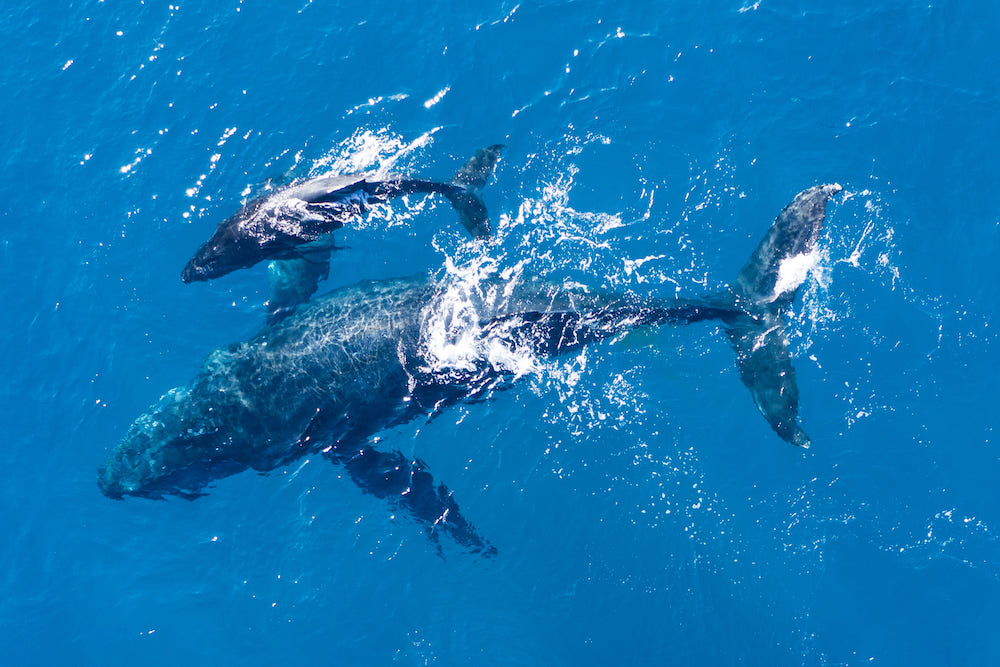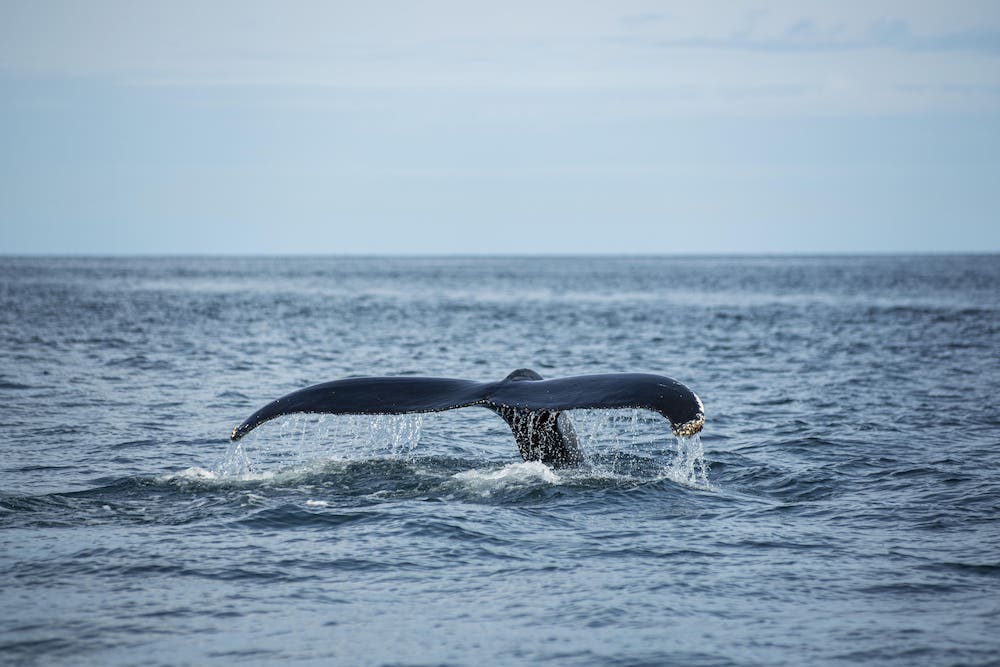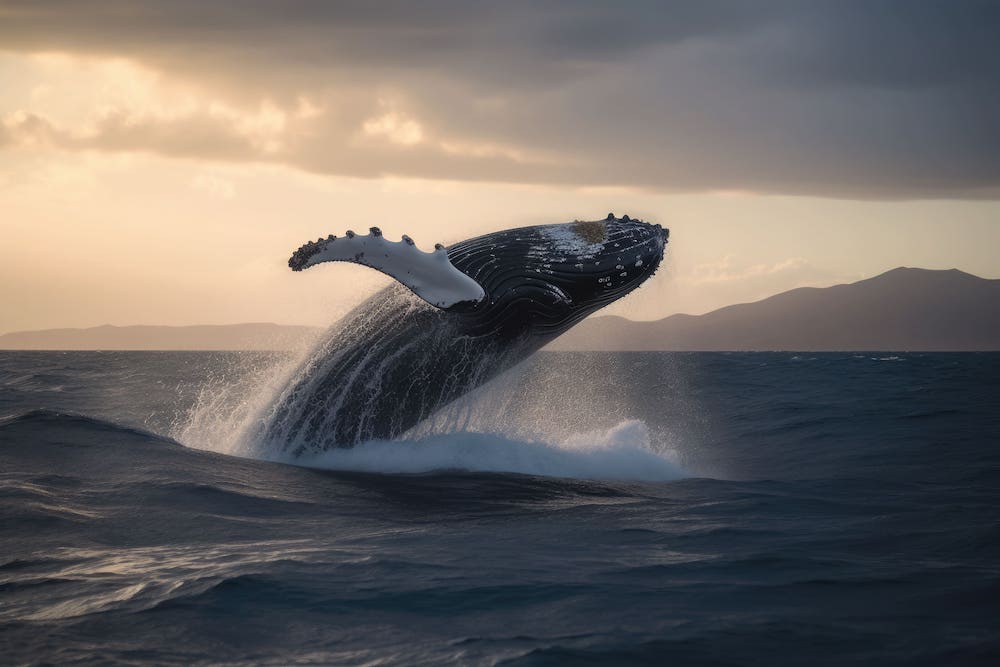WHEN IS THE BEST TIME TO SEE WHALES IN HAWAII?

If you are planning to come to Hawaii, there are a couple of things you simply have to do. Scale a volcano. Snorkel in one of its reefs. Partake of a lou-out. Have a couple of umbrella drinks. And go on a whale-watching expedition. This is your bucket list — not doing all those is akin to saying you never went to the islands. Thousands of tourists visit the Hawaiian Islands each year to take in the splendor of these gentle giants. However, if you intend to go whale watching, it’s critical you know a couple of things — particularly when it’s the best time to see whales in Hawaii. So, let’s dig into this article and give you the skinny on when to spot those kaiju of the sea.
Hawaii – a prime destination for whale sightings
Hawaii is one of the most popular whale-watching destinations in the world. Every year, thousands of people flock to Hawaii’s shores to witness these majestic creatures in their natural habitat. Diverse whale species such as humpback whales, sperm whales, and pilot whales can be spotted around the island. They have a crafty ecosystem that they prosper in, and a couple of migration routes — still, when you plan your visit you have to make sure to schedule it just right. To schedule it during the best time to see whales in Hawaii.
Hawaii’s warm waters provide an ideal environment for these magnificent giants to thrive and reproduce. Whale sightings in Hawaii are not only breathtakingly beautiful but also a great opportunity for researchers and scientists to learn more about these amazing creatures.
Additionally, whales and Hawaiian culture have a profound and enduring relationship with the archipelagos. They are part of the native’s ancient culture and belief system.
Hawaii is regarded as one of the most significant whale-sighting locations in the world since most of these mammals are recognized as the protectors of the Hawaiian islands and their inhabitants — and the natives treasure them as such.
The importance of timing in whale watching
Whale watching is an exciting and rewarding experience, but it requires careful planning and timing. The best time to visit Hawaii for whale watching depends on the species of whale you want to observe, as well as the weather conditions and tides. Knowing when to go can make a huge difference in the success of your whale-watching trip. Timing is important for safety reasons, as well as for getting the best view of these majestic creatures.
The seasonal nature of whale migration and its specific patterns in Hawaii
Near the end of the Alaskan summer, humpback whales depart for Hawaii. Their 6,000-mile journey takes six to eight weeks. Food is the main driver of this migration, but water temperature, salinity, and predator activity also contribute. They move twice a year between subtropical breeding sites and cold water feeding grounds.
The highest concentration of whales within Hawaii occurs in Maui County during the winter. They migrate slowly, so the entire population doesn’t arrive at Hawaii’s shores all at once. Juveniles and yearlings arrive first, followed by their moms. Adult males and females come next, and finally, females who are close to giving birth. Due to the fact that this is when the entire group arrives in Hawaii, peak whale season typically is between January and February.

When is the best time of year to see whales in Hawaii?
As humpback whales migrate during the winter, Hawaii’s official whale season spans from November to April. Some whales might begin their migratory journey as early as October. However, you should expect to see more whales around the end of November and throughout December. By January, you will be privy to more whale activity, and by February, humpback whales are found almost everywhere. By this time, along Maui’s coast, thousands of whales are reproducing, giving birth, and enjoying their winter break.
In March, there will still be some whales to watch, as migration starts to slow down and ends by the middle of April. Therefore, the peak season from January to March is the best time for whale watching in Hawaii. The majority of humpback whales will congregate in Hawaii, with Maui, Molokai, and Lanai hosting the densest population.
Factors that affect whale watching and their presence
Whales are an important part of the ocean ecosystem, yet their presence is affected by a variety of factors. From climate change to ocean pollution, these factors are making it more difficult for whales to find food and suitable habitats.
Use of ocean resources
Ocean-related activities – such as fishing and deep sea drilling by humans – has threatened the health of the humpback whales’ habitat.
Whale-Vessel Collisions and Entanglement
Entanglements in marine debris or active fishing gear, and collisions with vessels, are one of the primary problems that result in drowning, malnutrition, physical harm, and systemic infections for humpback whales.
Noise pollution
Local vessel traffic, military underwater communication, and sonar generate a lot of noise pollution. Loud noise may affect humpback whales both physiologically – permanent hearing threshold shift and hemorrhaging – and behaviorally – disrupting resting, feeding, nursing, or migration.
Climate Change
Climate and oceanographic changes may potentially impact ocean currents and water temperature, altering whales’ migration, feeding, resting, and calving site habits. It also impacts food availability as it may lead to decreased productivity and different patterns of prey distribution and availability. Lastly, changes in climate could potentially expose humpback whales to new or resurgent diseases that attack their feeding grounds.

Hawaii – the number one destination for whale watching
Hawaii is a great destination for whale watching — the best time to see whales is between November and April. During this period, humpback whales migrate from Alaska to the warm waters of the coast to breed and give birth. During this time, you can observe them breaching the surface of the water and playing in pods. It’s an amazing sight that you won’t want to miss out on.
So if you’re planning a trip to Hawaii, make sure you plan it carefully and take those tips into account.
In order to fully enjoy yourself, here are a couple of extra tidbits and pieces of advice for planning a whale-watching trip:
- Pick the right season for whale watching.
- Bring the right gear for any type of weather during your whale-watching tour.
- Check the weather, as your chances of spotting a whale will be significantly reduced on cloudy or rainy days.
- Get up as early as you can, as you will get a better glimpse of the whales during the morning.
- Pick a reputable whale-watching tour.
- Be patient. Whales are unpredictable, so be on the lookout.
- Have your camera ready and have fun.
